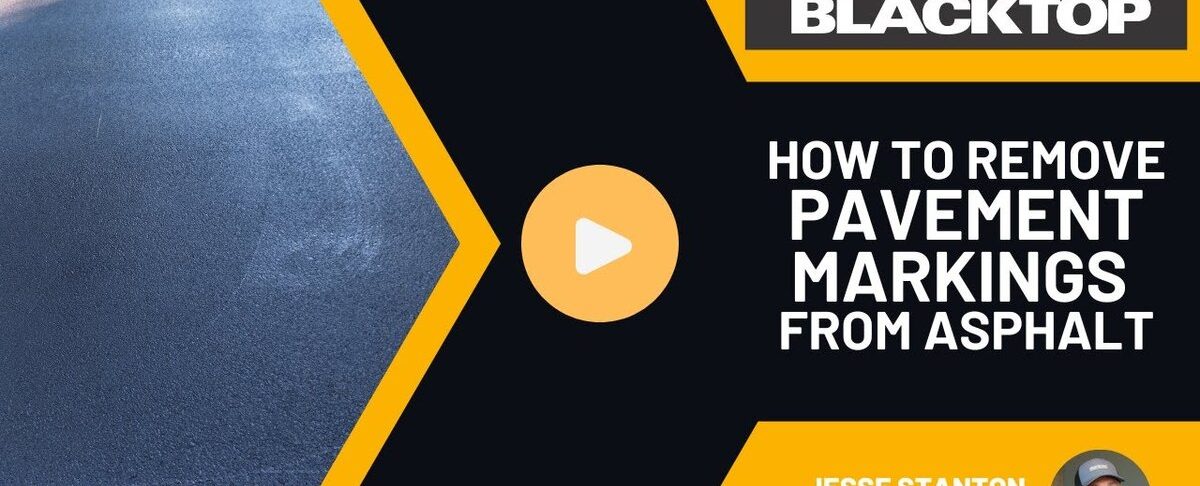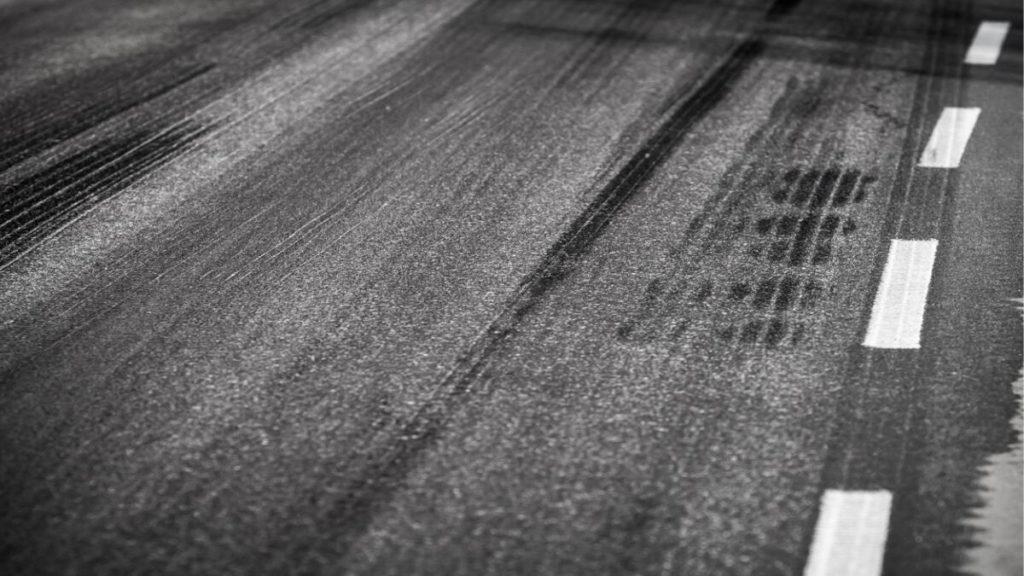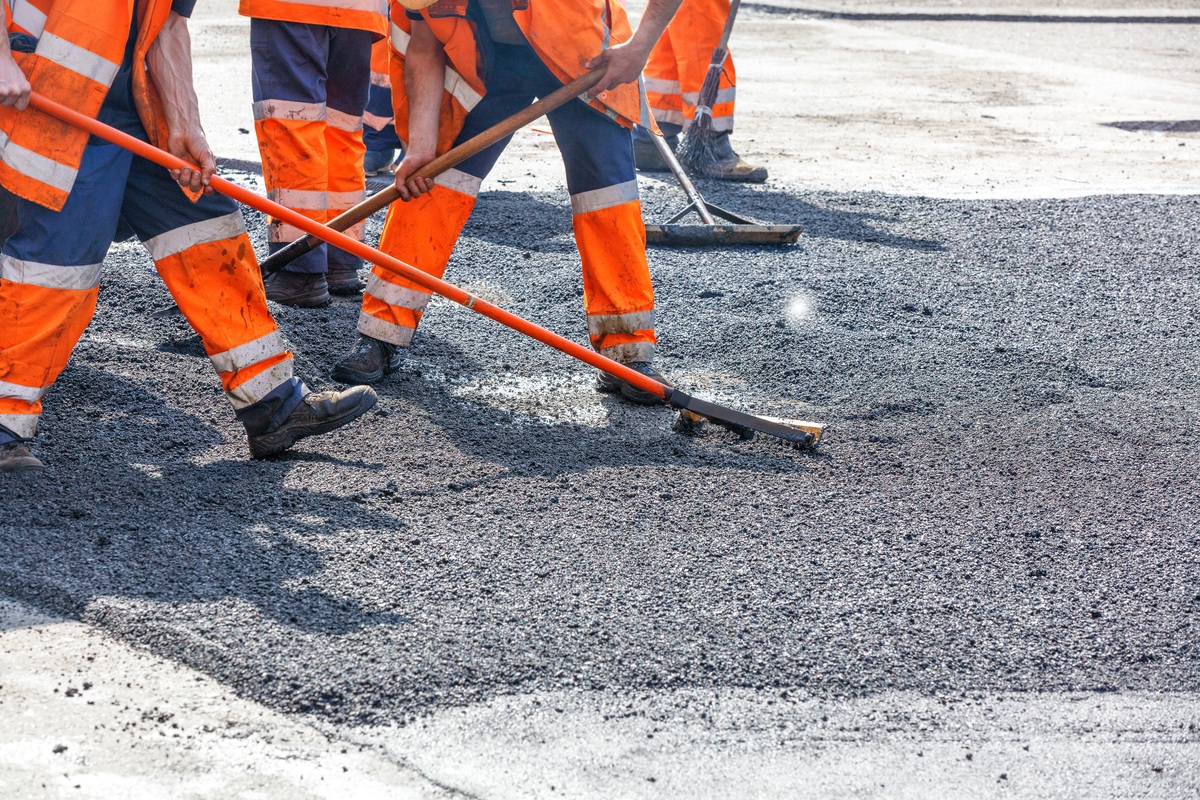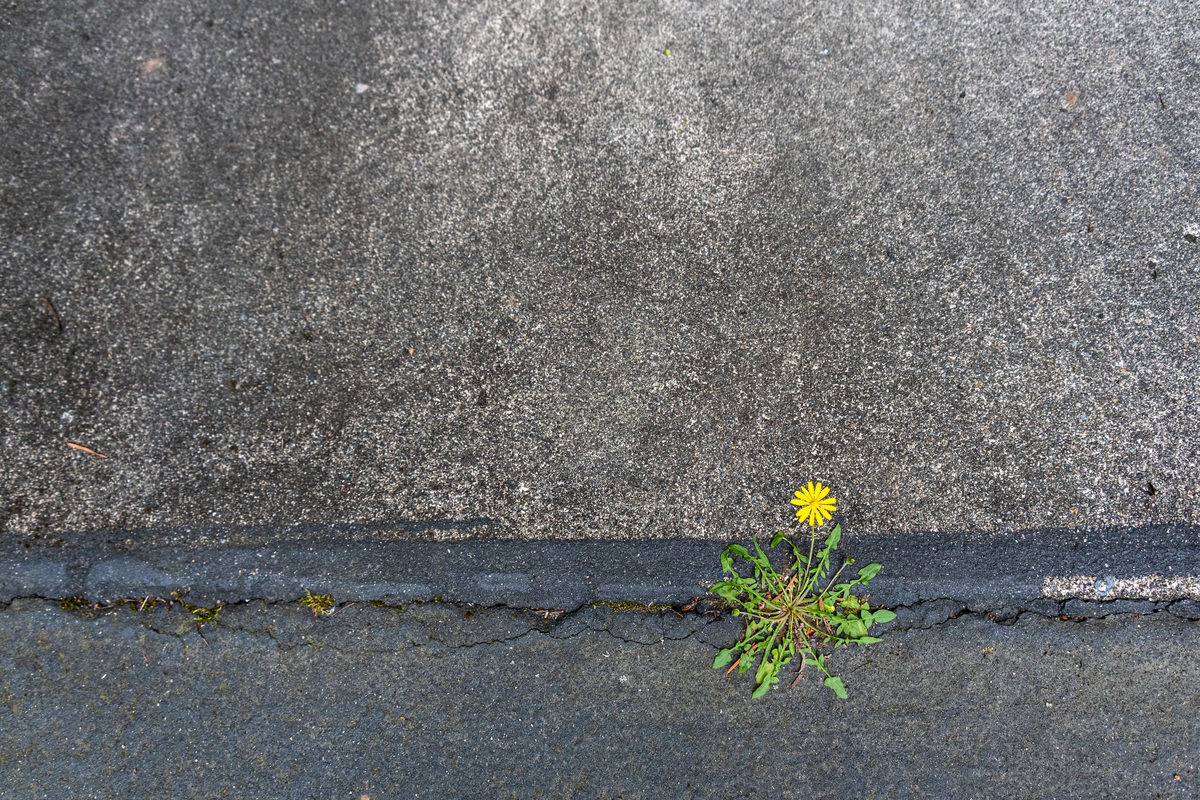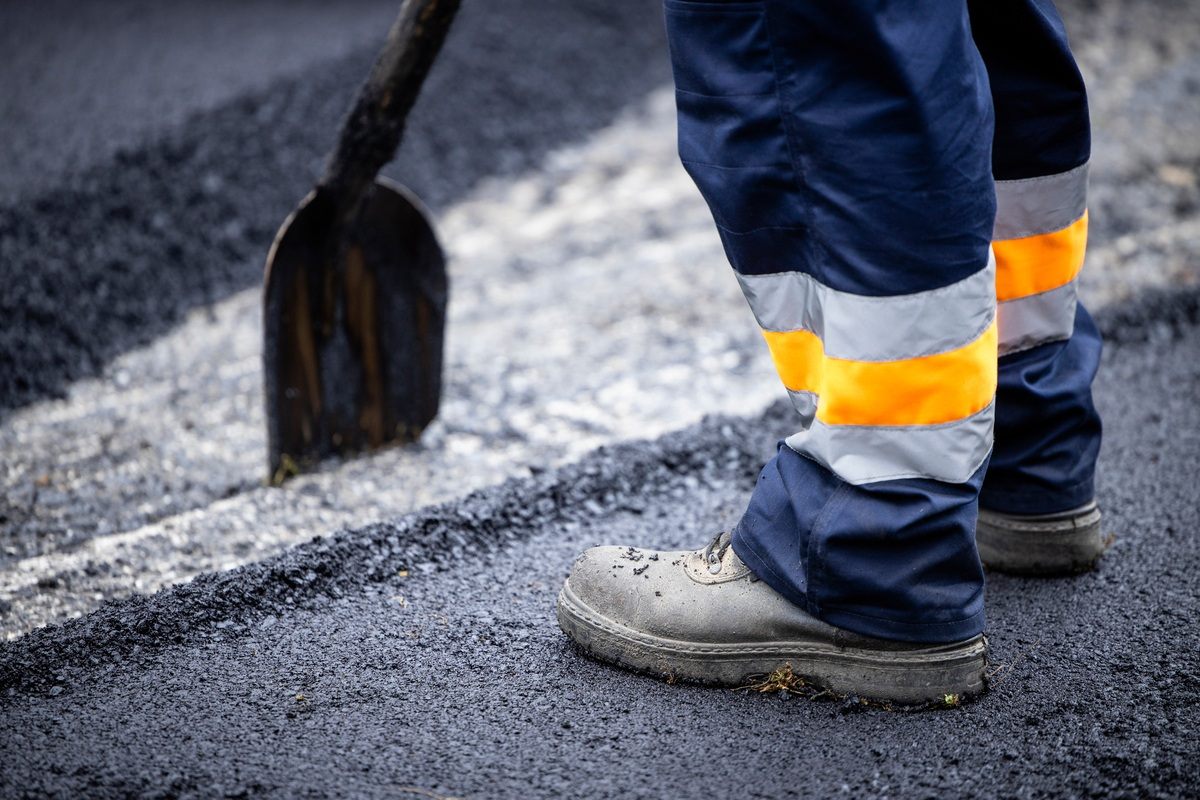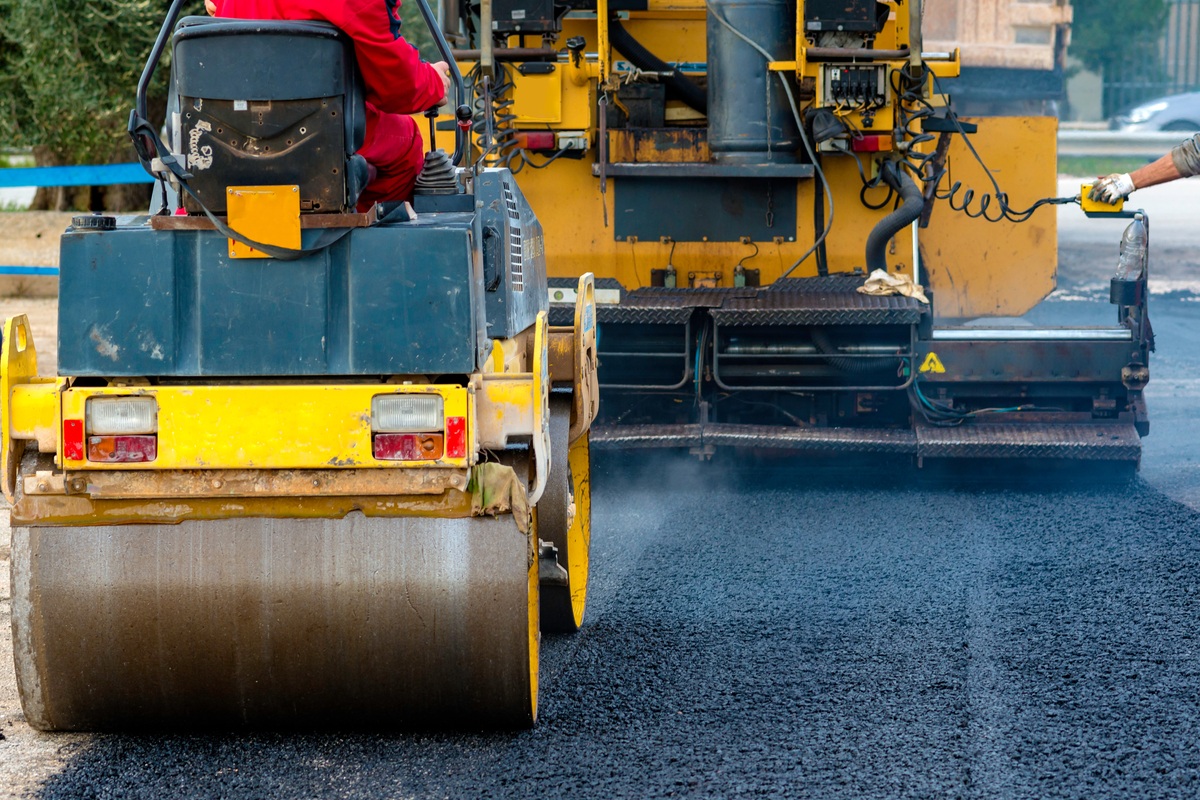A brand-new asphalt surface looks pristine, deep black, and smooth. However, it can feel frustrating when it gets marked up, whether from traffic lines, parking stripes, or accidental spills. The contrast between the fresh asphalt and any stains, scuffs, or markings makes imperfections stand out even more. The good news is that these marks are often temporary and can be removed using various techniques. Over time, natural fading and wear will also make them less noticeable. If you need to remove pavement markings from asphalt quickly and effectively, several methods are available depending on the severity and type of marking.
Why Pavement Markings Are Difficult to Remove
Pavement markings are designed to be durable and weather-resistant. They are often made with high-adhesion paint, thermoplastic materials, or epoxy-based coatings that bond strongly to asphalt. This robust nature makes them difficult to remove, posing a unique challenge among common pavement problems. Even as asphalt ages and fades, the marking residue often persists. While designed for longevity, effective techniques exist when immediate removal is necessary.
Methods to Remove Pavement Markings From Asphalt
1. Pressure Washing
High-pressure water blasting is a common and effective method. It uses powerful streams of water to break apart paint or thermoplastic coatings without damaging the asphalt. This method is environmentally friendly and does not require harsh chemicals, but it may not work for deeply embedded markings.
2. Grinding or Sandblasting
Grinding or sandblasting is an effective solution for thick or stubborn pavement markings. These methods use abrasive materials to wear down the markings without harming the asphalt. However, they require professional equipment and can slightly alter the surface texture.
3. Chemical Solvents
Specialized chemical removers break down pavement markings, making them easier to wash away. This method works well for small-scale removal but requires careful handling to avoid damaging the asphalt or harming the environment.
4. Heat Removal
A propane torch can soften thermoplastic markings, making them easier to scrape off. However, it is crucial to exercise extreme caution and follow proper safety precautions, as improper use of heat can damage asphalt. This is contrary to the best practices for maintaining asphalt in a way that ensures its long-term health.
5. Natural Wear and Seal Coating
If pavement markings are not an urgent issue, natural fading from UV exposure and weather conditions can make them less noticeable. A fresh seal coat can also help cover residual markings and restore a uniform appearance.
Preventing Unwanted Pavement Marks
After asphalt driveway paving, taking steps to prevent unwanted marks is key to maintaining its appearance. Clean spills like gasoline and oil immediately with soap and water, and be cautious when moving heavy objects to avoid dragging marks. A protective seal coat can also help minimize long-term damage and keep your driveway looking its best.
Need Pavement Marking Removal? Contact a Professional Today!
Removing pavement markings from asphalt requires the correct method based on the material and condition of the surface. Pressure washing, grinding, chemical removal, and heat application are all effective options. If markings are not an urgent concern, natural fading and seal coating can help restore the asphalt’s uniform appearance over time. However, a new asphalt driveway installation is the most effective solution for a complete refresh. For expert asphalt maintenance and repair, contact us at Richfield Blacktop today.




